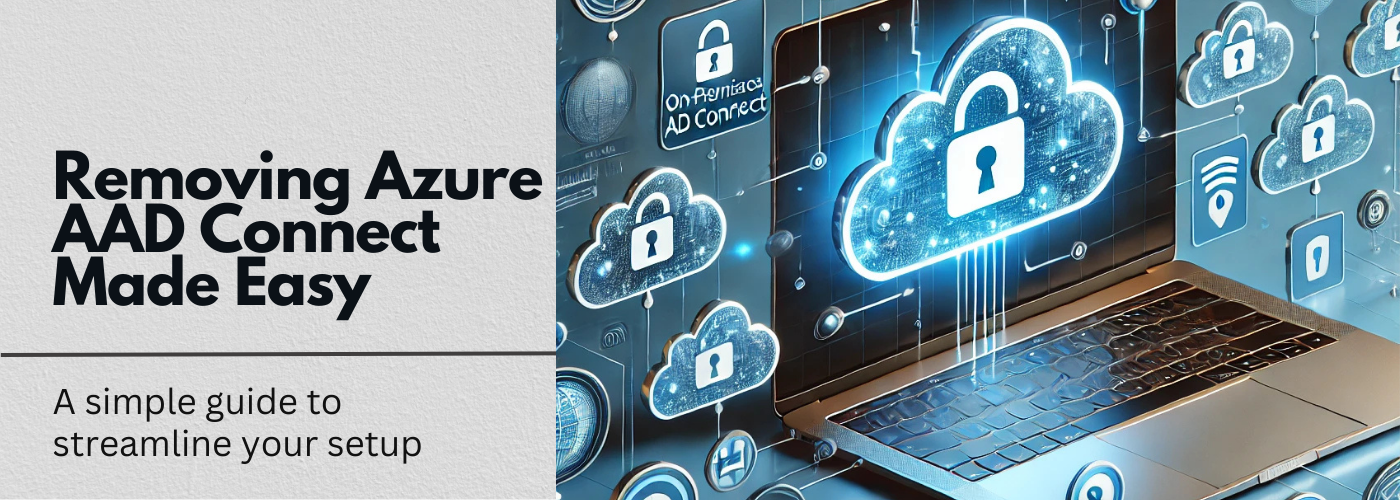Let’s see the steps to disable AD Sync, remove AAD connect and move to cloud-only administration.
1. Download Azure Active Directory PowerShell Module from the following location. Complete the installation.http://connect.microsoft.com/site1164/Downloads/DownloadDetails.aspx?DownloadID=59185
2. Click to open the PowerShell using the shortcut created by installation in the previous step.
3. Run the following command to connect to the Azure Active Directory of the tenant for which you are disabling AD Sync.
4. Enter the Global Admin credentials for the Azure AD/Office 365 tenant.
5.Run the following command to disable the Directory Sync.
Set-MsolDirSyncEnabled –EnableDirSync $false
6. Run the following command to verify if Dir sync is disabled.
(Get-MSOLCompanyInformation).DirectorySynchronizationEnabled
7. Go to your AAD connect server and uninstall Microsoft Azure AD Connect using Uninstall Program in the Control panel.
8. Additional clean-up steps (Optional).
a. Remove service account created by AAD connect from AD. Check Users container for an account like MSOL_GUID. The description of the service account has the name of the AAD connect server for identification.
b. Remove the local AAD groups created by AAD installation if you are not planning to install AAD connect again. If you have installed AAD connect on a DC, these will be AD groups. Keep them for other AAD connect installations or if you have or plan to have.
c. Remove the directory structure.
d. Remove the DB if you were using a remote DB server.
For more such informative blogs, click here.
